Crema Trekkers: Exploring Colombia, Santa Fe de Antioquia
- 5 Apr 2018
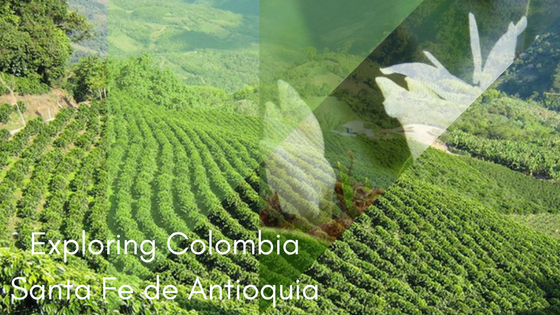
COLOMBIAN COFFEE BEANS
Our latest single origin coffee beans are a Washed Caturra, grown in Santa Fe de Antioquia farming region of Colombia. Grown at an altitude of approximately 1,700-2,100m above sea level, these beans are processed using a fully washed method, then sundried.
Caturra is a natural mutation of the Bourbon varietal, originally found in Caturra, Brazil. It grows well at higher altitudes and produces a larger yield due to the fact that is short with a thick core, and plenty of secondary branches. Another reason for its higher yield rate is that the tree is naturally disease resistant. The higher altitudes produce better quality, but production rate lowers. The quality of the Caturra increases with altitude, but can lower the production.
Colombian coffee has a reputation for being generally mild, but complex and well-balanced in flavour. This Washed Caturra will work well in any brew method, except for larger milk based drinks – the flavour might get a little lost in a lot of milk.
Tasting Notes: The Colombian features a medium body and light lime acidity, with mellow chocolate, nougat and vanilla notes, complemented by tart fruits like cranberry and apple, and finishes clean.
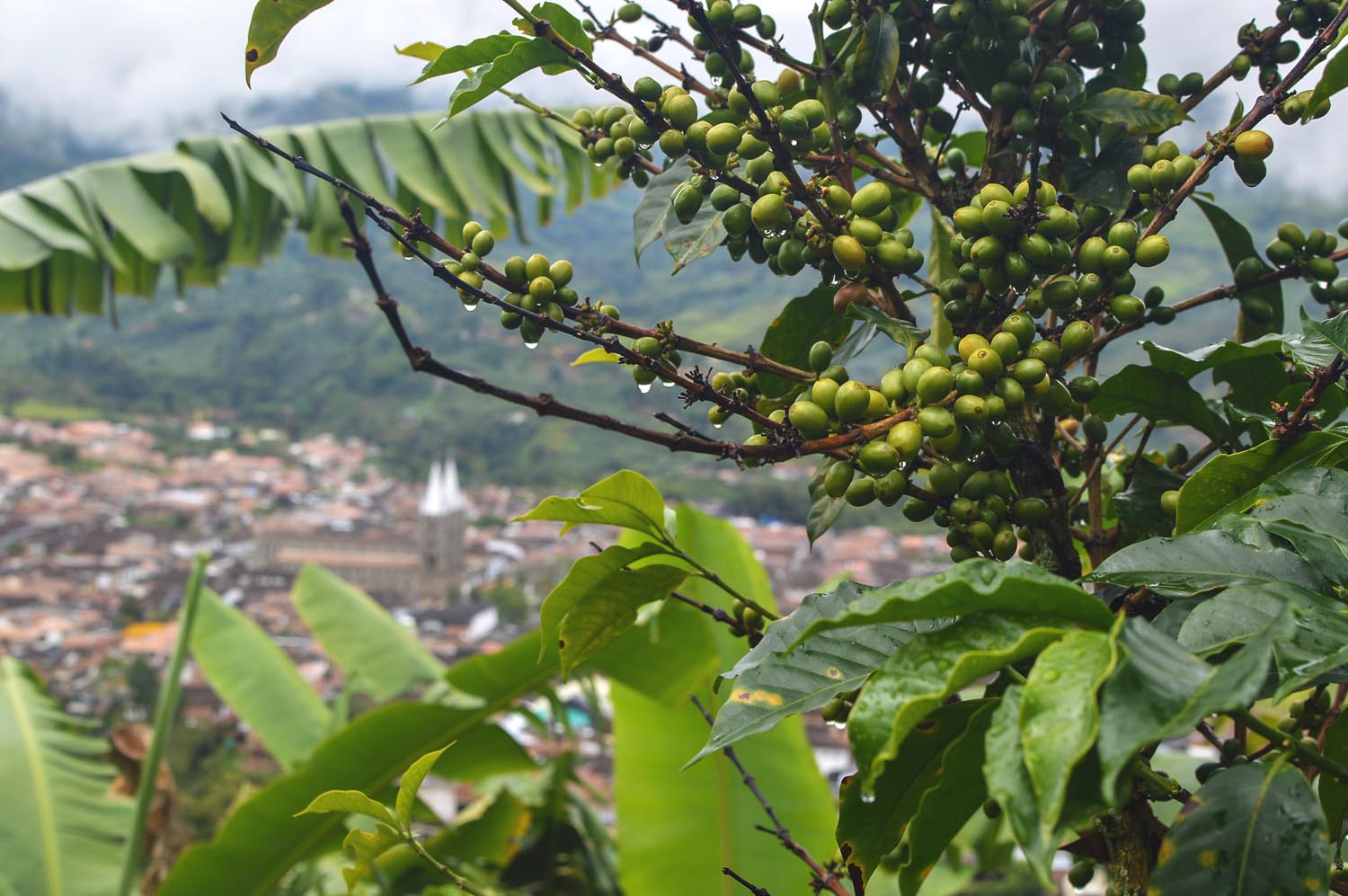
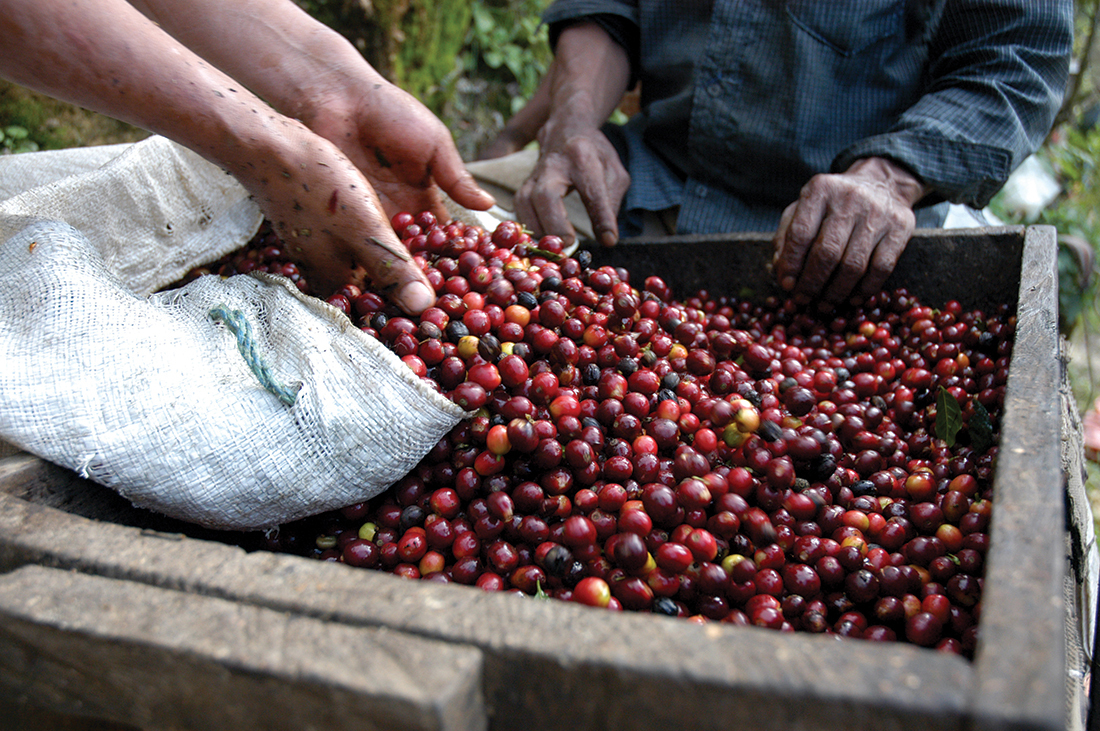
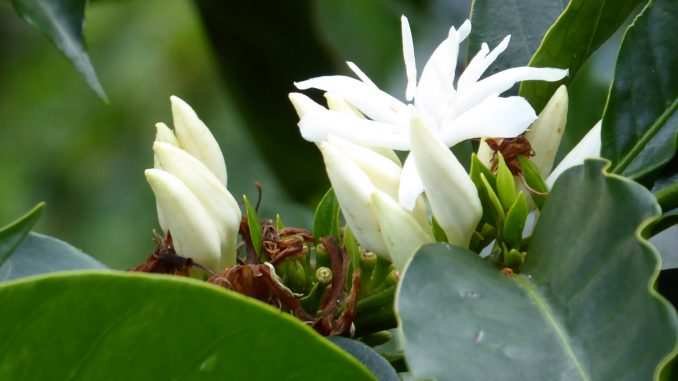
SANTE FE DE ANTIOQUIA – COLOMBIA
The Santa Fe de Antioquia, located in the scenic Cauca River Valley in the Antioquia region of Colombia. This area has developed a tropical, humid climate – perfect for growing coffee and allows the farmers to use more sustainable practices.
Much of Antioquia is part of the Colombian Paisa region, which was declared a World Heritage site by UNESCO in 2011, dubbed a “Coffee Cultural Landscape”.
Most Colombian coffee is handled by the National Federation of Coffee Growers of Colombia, a business cooperative founded in 1927 that promotes the production and exportation of Colombian coffee, and today represents more than 500,000 producers and small family owned farms. The Federation’s objectives include protecting the industry, evaluate and resolve industry problems and further the interests of Colombia through the coffee industry.
One such problem facing the Colombian coffee industry right now is regional climate change associated with global warming, which has caused Colombian coffee production to decline since 2006 from 12 million 132-pound bags, the standard measure, to 9 million bags in 2010. Average temperatures have risen 1 degree Celsius between 1980 and 2010, with average precipitation increasing 25 percent in the last few years, disrupting the specific climatic requirements of the Coffea arabica bean.
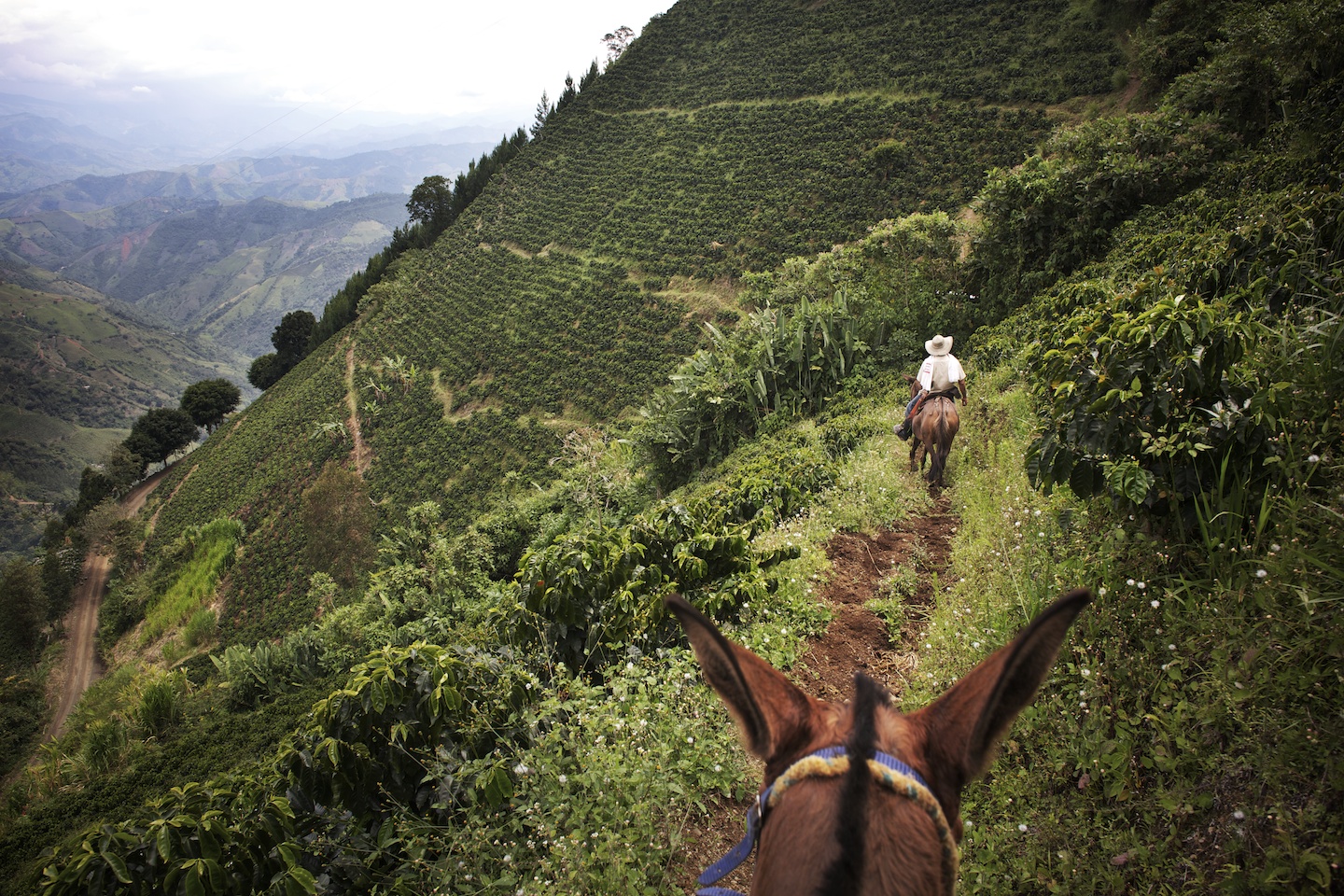

THE GREEN BEAN PROCESS
The Colombian single origin from Santa Fe de Antioquia is processed using a fully washed process. The washed process relies on every stage of the growing, harvest and fermentation process being right, as the flavour is totally reliant on the bean having absorbed enough nutrients and sugars while growing.
The process begins by de-pulping the coffee cherries and leaving the mucilage intact for fermentation. The fermentation process can take anywhere between 1-4 days, giving the bacteria present in the fermentation tank time to break down the mucilage which is then ‘washed’ off at the end of the fermentation period. Once the mucilage has been removed the coffee is carefully sun-dried. This process is completed at the L&D wet mill in Cañas Gordas.


Image Sources:
http://heneedsfood.com/2017/08/jardin/
https://coffeelands.crs.org/2015/05/the-fnc-reacts-to-recommendations-for-reform/
https://feed.jeronimomartins.com/growth/colombian-coffee-growing-kids/
http://www.thecoffeequest.com.co/
https://www.nytimes.com/2017/03/07/travel/colombia-coffee-country-andes-mountains.html
http://www.baristamagazine.com/changing-the-face-of-coffee-farming-in-antioquia-colombia/



